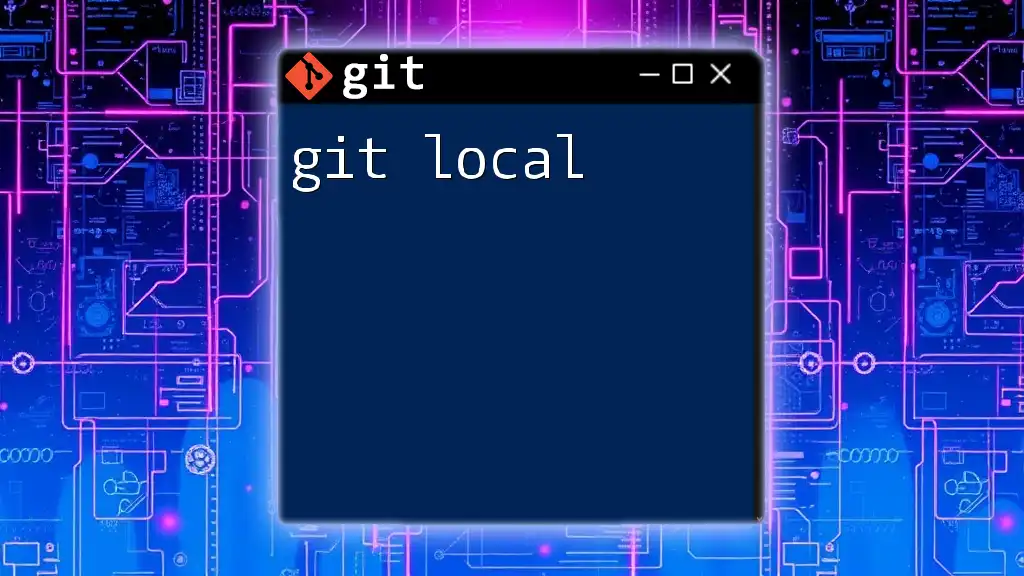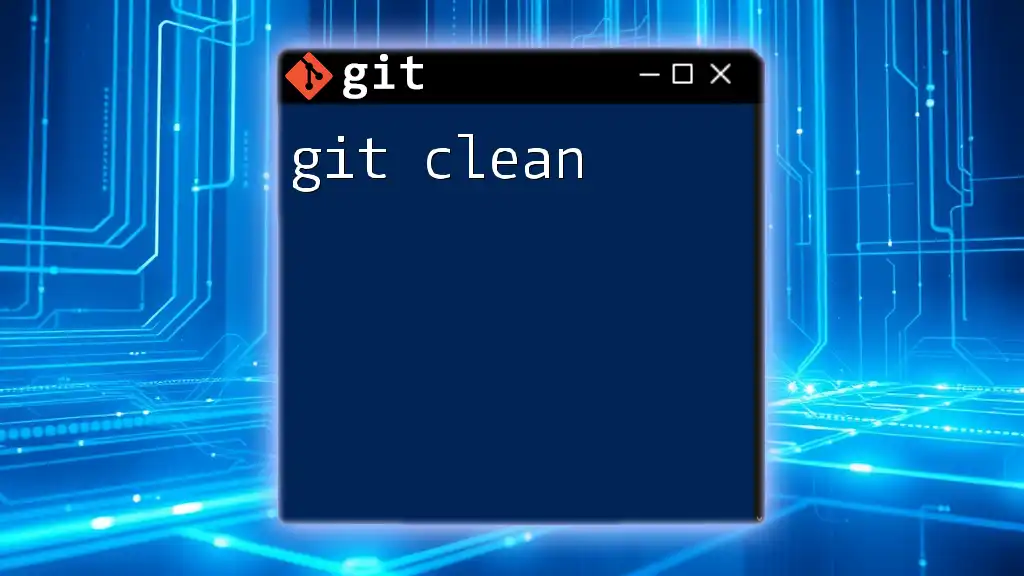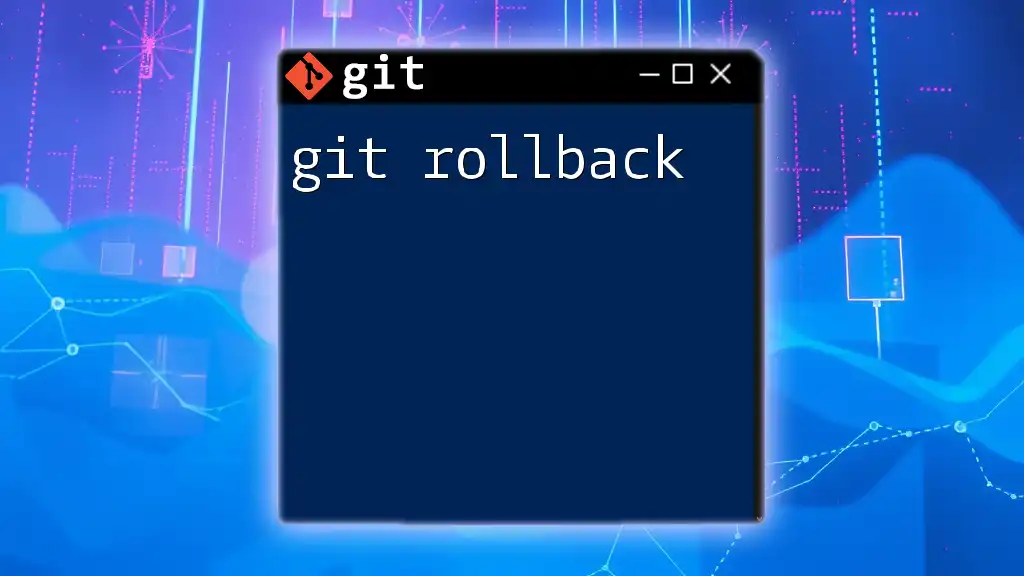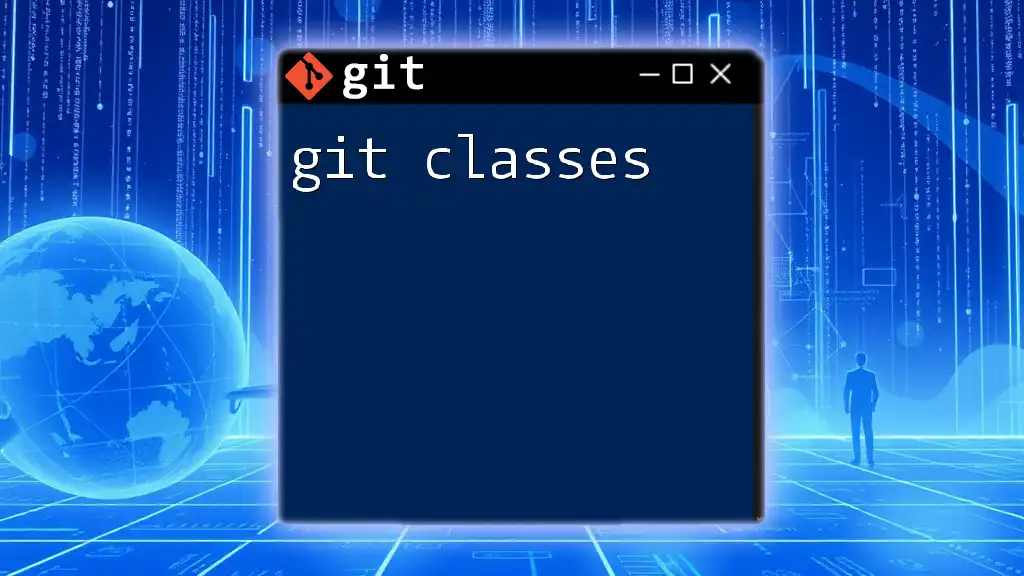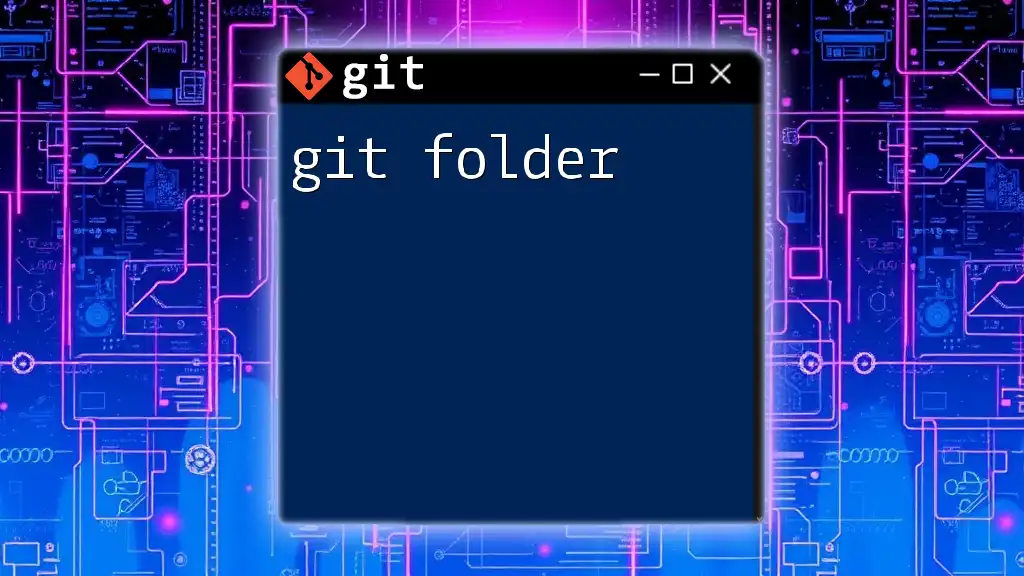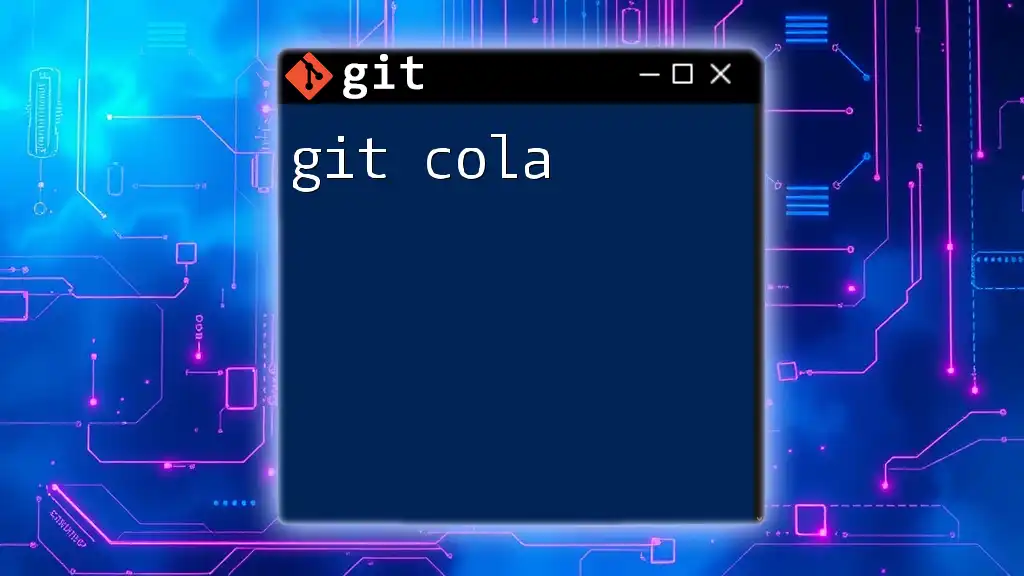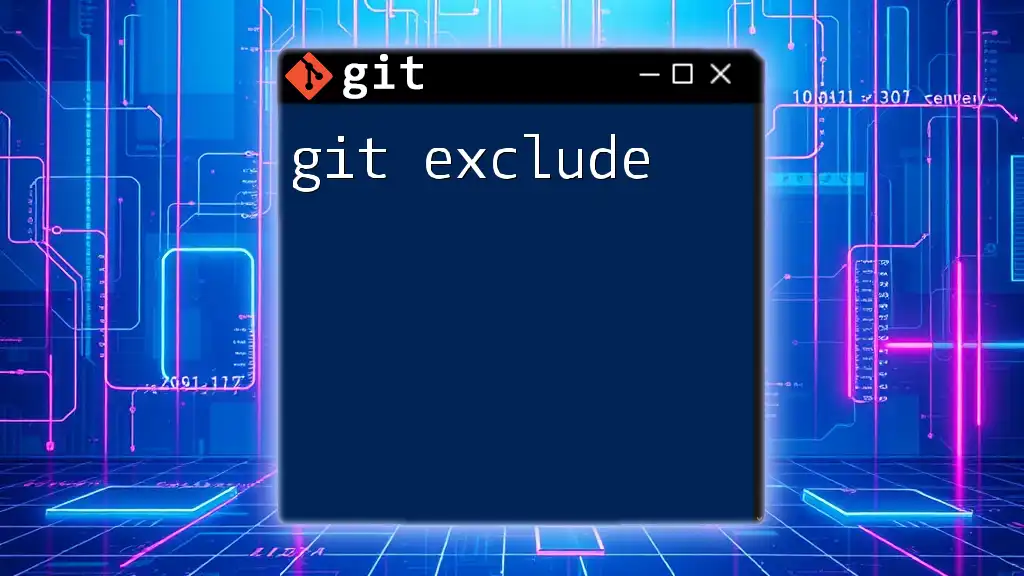"Git local" refers to the version control operations that are performed on a local repository, allowing users to manage their code changes offline before syncing with a remote repository.
Here’s a code snippet for initializing a new local Git repository:
git init my-repo
Understanding Git Local
What is Git Local?
Git local refers to a local repository that you create on your own computer. It allows you to manage your project's history and changes independently of the central or remote repositories. Understanding the distinction between local and remote repositories is crucial for efficient version control. The local repository resides on your machine and allows for testing, experimentation, and changes without the immediate need for online access.
Why Use a Local Repository?
Working with a local repository offers numerous advantages:
- Speed: Local actions are faster since they don’t require an internet connection.
- Control: You have complete control over your changes without affecting others until you're ready to share.
- Offline Access: You can work on your code anytime, regardless of your internet connection.
Common scenarios where local usage is preferred include initial development phases, fixing bugs, or experimenting with new features—all of which can be done offline and at your own pace.
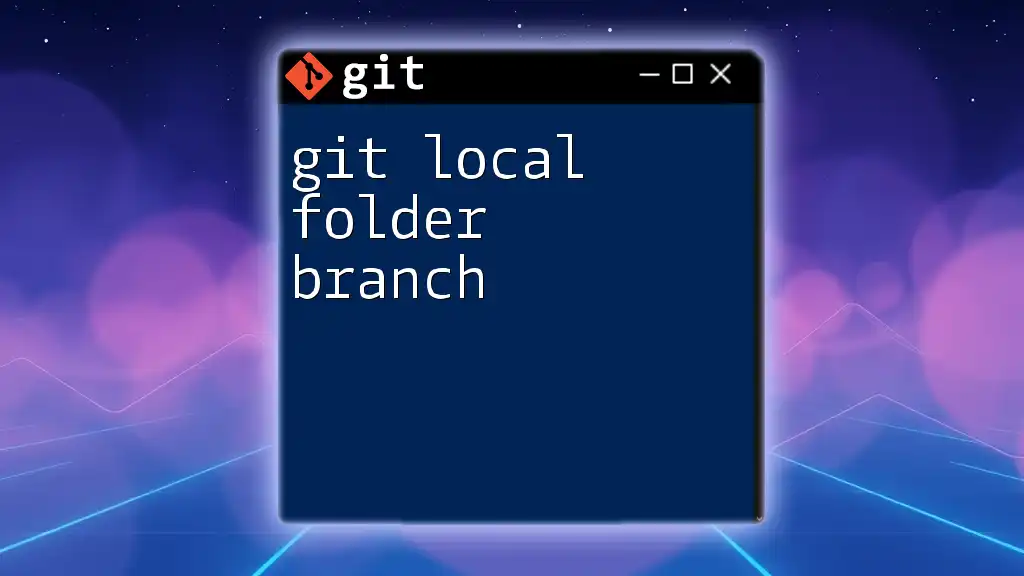
Setting Up Your Local Git Environment
Installing Git
To get started with git local, you first need to install Git on your machine. Here are the basic instructions for various operating systems:
- Windows: Download the installer from the official [Git website](https://git-scm.com/) and follow the setup instructions.
- macOS: You can install Git using Homebrew with the command:
brew install git - Linux: Use your distribution’s package manager:
sudo apt-get install git
After installation, verify it by running:
git --version
Initializing a Local Repository
To create a new Git repository, use the `git init` command. Here’s how:
- Create a New Repository:
mkdir my_project cd my_project git init
This command initializes a new Git repository in the directory `my_project`, establishing it as a local repo to track changes.
Cloning an Existing Repository
If you want to work on an existing project, you can clone it using the `git clone` command:
git clone https://github.com/user/repo.git
This command copies the entire repository, including its history, onto your local machine, allowing you to make changes independently.
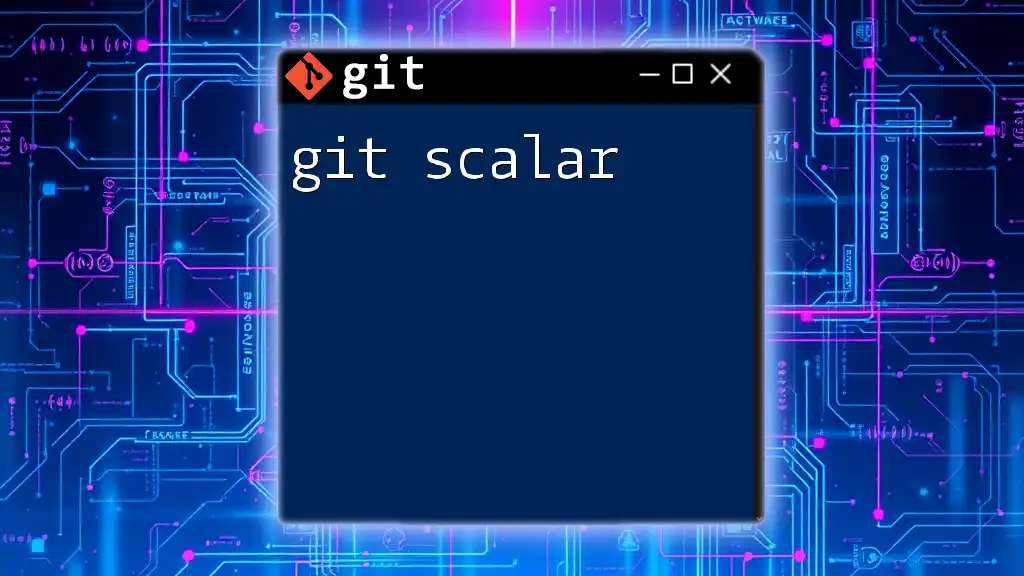
Basic Git Local Commands
Checking Repository Status
To check the current status of your repository, use:
git status
This command shows which changes are staged, unstaged, or untracked. Regularly running `git status` helps you keep track of your project's state and ensures you're aware of what will be committed.
Staging Changes
Before commits can be made, changes must be staged using the `git add` command. This is how you stage files:
-
Add a Specific File:
git add filename.txt -
Add All Changes at Once:
git add .
Staging allows you to selectively decide which changes should be included in your next commit, providing a way to organize your commit history meaningfully.
Committing Changes
After staging, commit your changes with `git commit`. Each commit should have an informative message explaining the changes made. For example:
git commit -m "Initial commit with project structure"
A well-written commit message is crucial for understanding project history, making it easier for you and others to follow your development timeline.
Viewing Commit History
To see your project's history, use:
git log
You can customize the output with options like `--oneline`, which simplifies the information presented:
git log --oneline
This shows a compact summary of commits, which is useful for getting a quick overview of the project’s evolution.
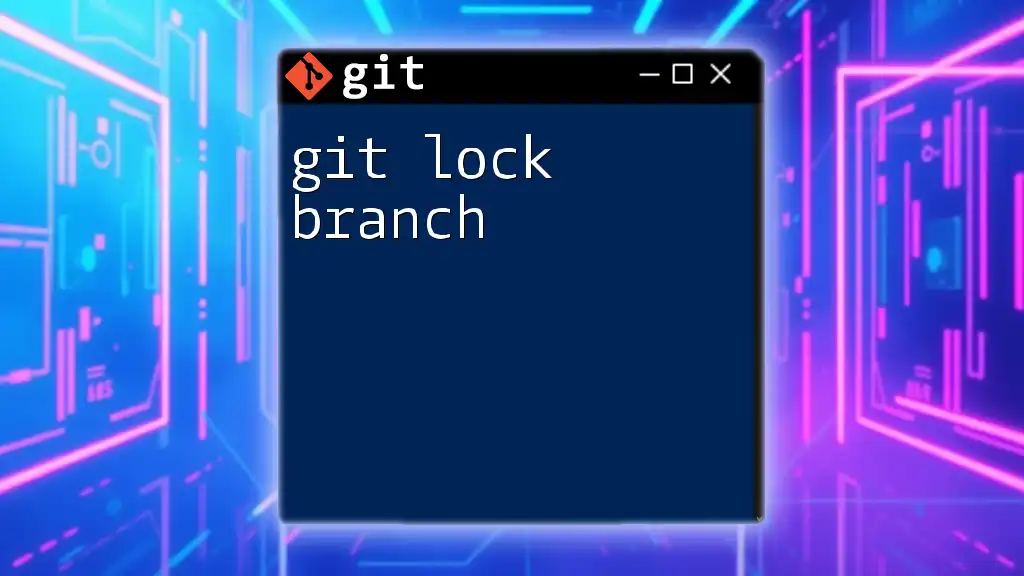
Working with Branches Locally
Understanding Branches
Branches are pivotal in Git, allowing you to diverge from the main code line to develop features or fix bugs without affecting the main production code. They enable multiple lines of development to coexist.
Creating and Switching Branches
To create a new branch, use:
git branch new-feature
This command creates a branch named `new-feature` but does not switch to it.
To switch to that branch, you can use `git checkout`:
git checkout new-feature
Or, with newer versions of Git, use:
git switch new-feature
Switching branches allows you to work in isolation on specific changes.
Merging Branches Locally
When you have completed work on a feature branch and want to incorporate it into the main codebase, you merge it back into the main branch (often called `main` or `master`):
git checkout main
git merge new-feature
During this process, be prepared to resolve any conflicts that may arise if changes have been made to the same lines of code in both branches.
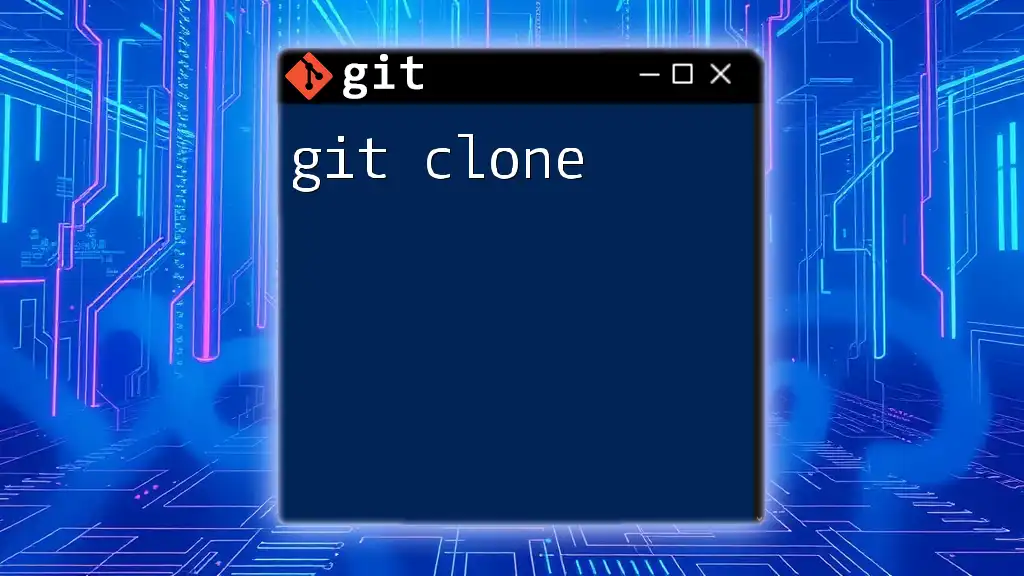
Managing Local Changes
Undoing Local Changes
Mistakes happen! To revert changes in your working directory, you can use the `git checkout` command:
git checkout -- filename.txt
This will discard any changes made to the specified file since the last commit, returning it to its last committed state.
Resetting Commits
The `git reset` command is another powerful tool for managing local changes:
git reset --soft HEAD~1
This will undo the last commit but keep your changes in the staging area, allowing you to amend or create a new commit as necessary. Understanding soft, mixed, and hard resets is essential for effective local version control.
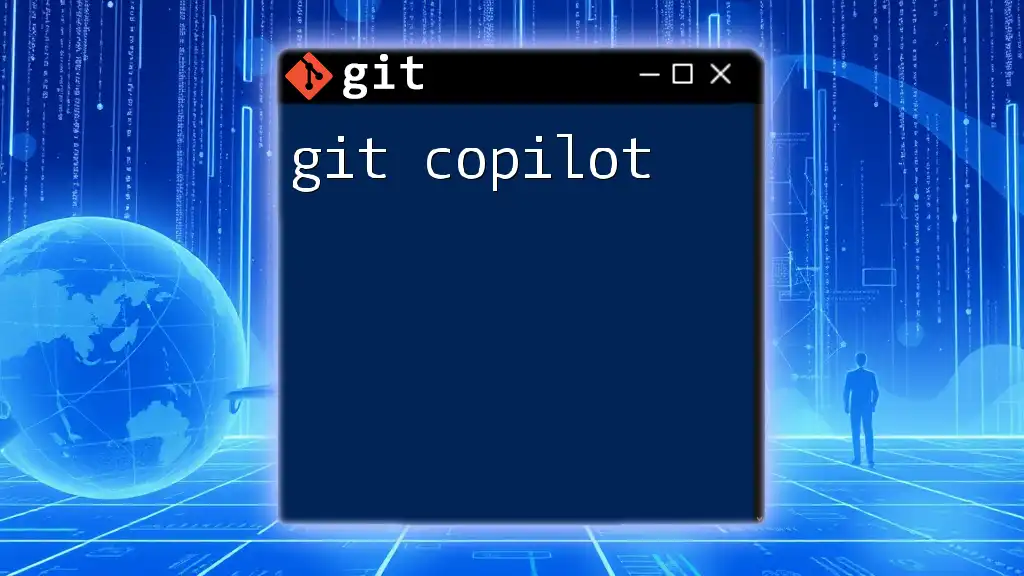
Best Practices for Working Locally with Git
Commit Often
Make it a habit to commit frequently. Short, frequent commits allow you to track progress better and revert easily if necessary, breaking changes into manageable increments.
Use Descriptive Commit Messages
Writing effective commit messages is crucial. Instead of vague messages like "fixed stuff," opt for specific descriptions. A well-crafted message not only aids your understanding but also helps teammates grasp the context of changes quickly.
Regularly Sync with Remote
Even when working locally, regularly sync with remote repositories to avoid divergence. Use `git pull` to update your local repository with changes from the remote server, ensuring that you are aligned with any updates made by others.

Conclusion
Mastering git local commands is essential for efficient project management and collaboration. By taking the time to learn these commands, you empower yourself to work seamlessly, whether online or offline. Practice these commands and explore advanced Git features to further enhance your workflow. The ability to manipulate files and changes with Git will ultimately enrich your development experiences.

